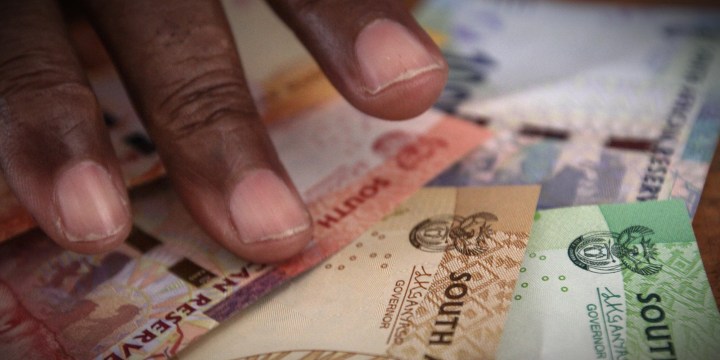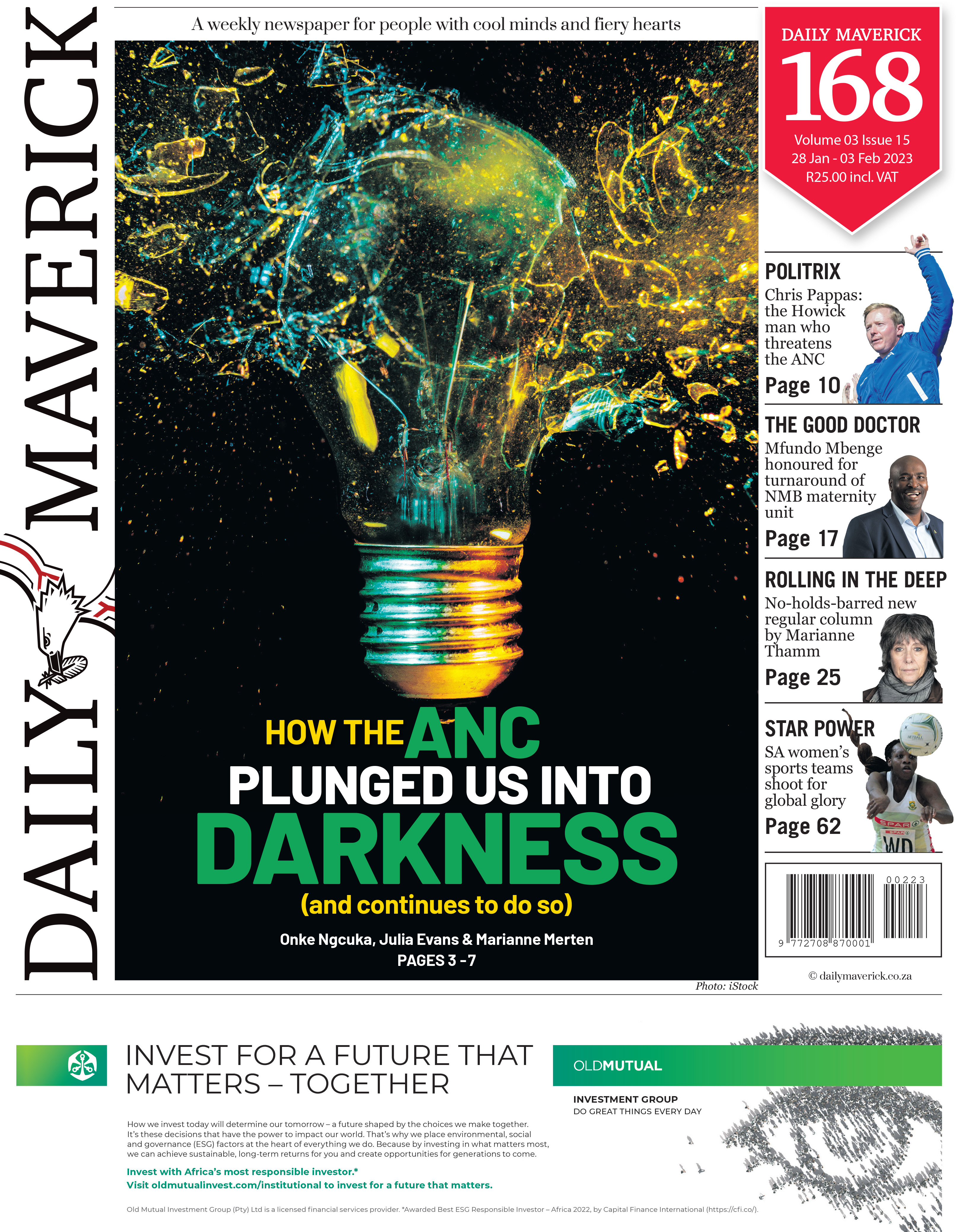ECONOMY
SA’s upward rates cycle probably nearing its end, say experts

As a result of ‘extensive load shedding and other logistical constraints’, the SA Reserve Bank has revised its forecast for GDP growth to only 0.3%, the bank’s Lesetja Kganyago said.
The interest rate hike of 25 basis points this week, taking the repo rate to 7.25% and the prime interest rate to 10.75%, is the eighth consecutive increase in the current upward rates cycle. It was, however, somewhat lower than widely held expectations of a 50 or even 75 basis points increase.
The South African Reserve Bank began with bigger rate hikes fairly early in the current cycle, effectively front-loading the tightening, and it is now in a position to taper as global and local inflationary pressures begin to fade.
Three members of the Monetary Policy Committee (MPC) preferred the 25 basis points increase, and two voted for 50 basis points.
Read more in Daily Maverick: “SA Reserve Bank announces eighth consecutive interest rate hike — of 25 basis points”
Frank Blackmore, lead economist at KPMG, said the increase made sense.
“We are already at high levels of interest rates. They could have been punitive with an increase of 50 basis points, but by choosing smaller increments, it buys the ability to do something to address inflation without harming the economy.”
Reserve Bank governor Lesetja Kganyago said that although the economy grew by a relatively strong 1.6% in the third quarter of 2022, the expansion was not broad-based.
“We forecast no growth in the fourth quarter. For the whole of last year, GDP growth of 2.5% is expected, up from 1.8%. For 2023, and as a result of extensive load shedding and other logistical constraints, the bank now forecasts GDP growth of only 0.3%.”
Calculating the cost of blackouts
Kganyago said expectations are for more than 200 days of blackouts in 2o23, which is expected to reduce growth by at least two percentage points compared with the previous estimate of 0.6 percentage points.
Over the medium term, the forecast takes into account continuing high levels of blackouts, and more modest household spending and investment growth than previously.
“The number of days of expected load shedding in 2023 has been increased to 250 days from 100 days. In 2024, the number of days was revised up to 150 days from 40 days. Load shedding of 100 days has been assumed for 2025,” said Kganyago.
“Estimates of the average stages of load shedding [are] multiplied by the number of days and then multiplied by the cost to GDP per stage-day. The cost per stage has been revised lower for Stages 1 and 2.”
In nominal terms, these costs are estimated at up to R1.2-million for Stages 1 and 2, and between R204-million and R899-million for Stages 3 to 6 when continued on a 24-hour basis on weekdays.
As such, the Reserve Bank expects the economy to expand by 0.7% in 2024 (down from 1.4%) and by 1.0% in 2025 (down from 1.5%).
Kganyago added that a material reduction in blackouts would significantly raise growth.
“There could also be higher investment in alternative energy sources as firms and households offset the impact of load shedding. However, this translates to an increase in the cost of business and the cost of living,” he noted.
Fuel inflation
South Africans have also been buckling under the effects of high fuel prices, with fuel price inflation averaging 34.5% last year. This is expected to fall to a negative 2.7% this year.
Local electricity price inflation has been revised higher at 12.9% in 2023, 14.5% in 2024 and 10.9% in 2025. The National Energy Regulator has approved electricity tariff increases of 18.65% effective from April and another 12.74% to kick in from April 2024.
Looking ahead, Kganyago said the Reserve Bank’s forecast of headline inflation for 2023 was unchanged at 5.4% and slightly higher at 4.8% for 2024.
“In 2025 we still expect headline inflation of 4.5%. This central bank means business when it comes to price stability. Interest rates are but one tool we use to deal with inflation, albeit the most important and effective tool,” he said.
On the upside…
Jacques Celliers, CEO of FNB, was positive on the upside, noting that, though central banks around the world may continue to raise interest rates in their fight against inflation, there are clear indications that this rate-hiking cycle may be coming to an end.
“Higher interest rates have been of significant benefit to consumers who receive income from cash savings instruments. Load shedding has, however, resulted in additional unplanned expenses for households and businesses that are striving to stay afloat amid the disruptions,” he said.
Mamello Matikinca-Ngwenya, FNB’s chief economist, points out that the lower-than-expected increase emphasised the importance of improved risk sentiment, softening price pressures and an unfolding global economic slowdown.
“We still believe that the MPC will reach the terminal of the current hiking cycle in the first quarter of this year and that, if another 25 basis points hike is delivered in March, there should be space to support the economy before year-end,” she said.
Visit Daily Maverick’s home page for more news, analysis and investigations
In the housing market, Andrew Golding, CEO of Pam Golding Property Group, said activity remained steady across all sectors, buoyed by favourable bank lending as well as cash buyers, particularly in the luxury market, and with sought-after nodes continuing to experience high demand.
“Although the higher interest rates have impacted first-time buyers, with [home loan comparison company] ooba statistics revealing that applications from this sector slipped to 45.8% in December 2022, the lowest level since early 2017, overall approval rates continued to rise in December.”
Golding said banks remained competitive as the average concession relative to prime declined to -0.8% in December – the most competitive rate available to local homeowners since the final months of the global financial crisis in 2007/8. DM168
This story first appeared in our weekly Daily Maverick 168 newspaper, which is available countrywide for R25.





















 Become an Insider
Become an Insider
Comments - Please login in order to comment.